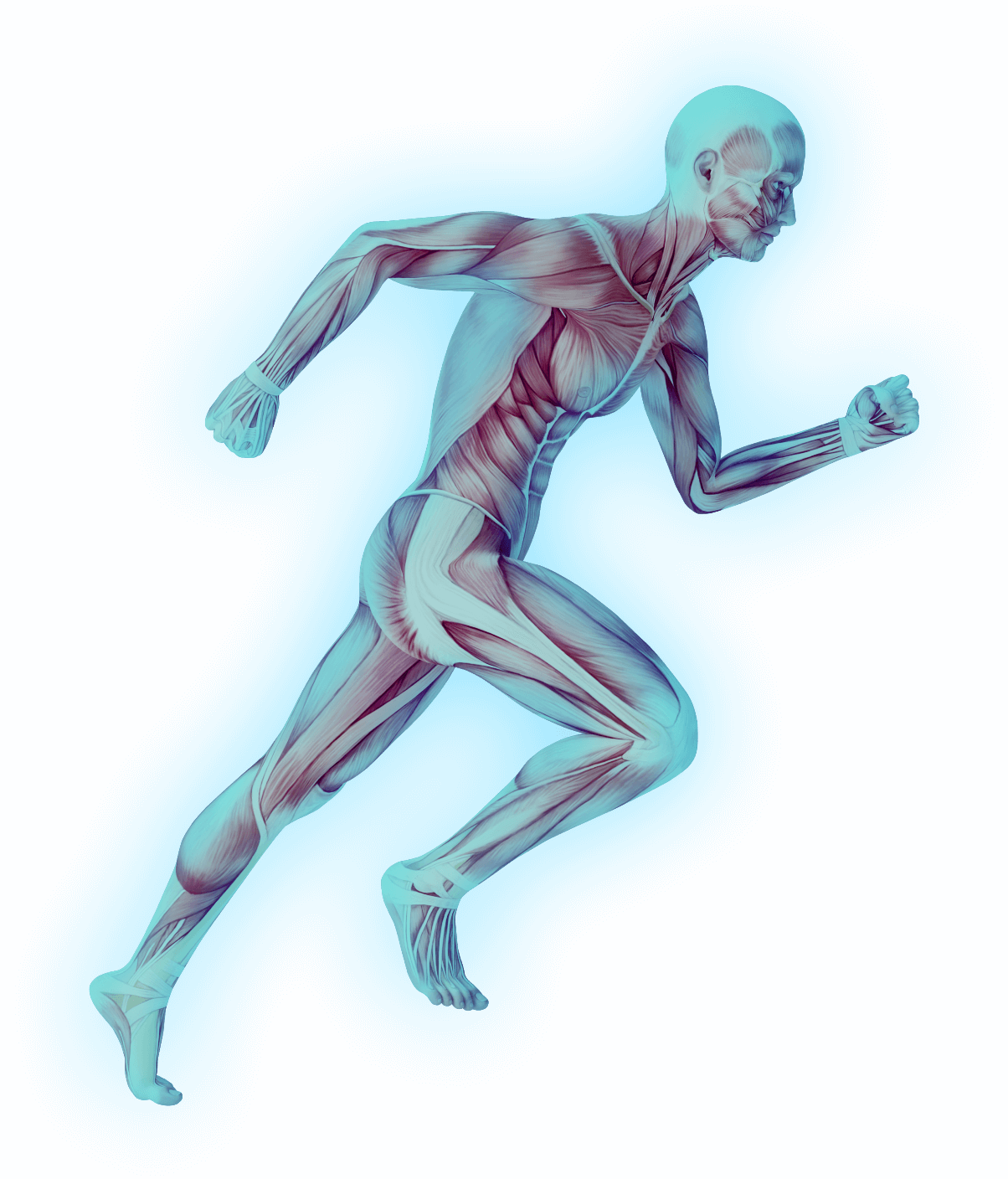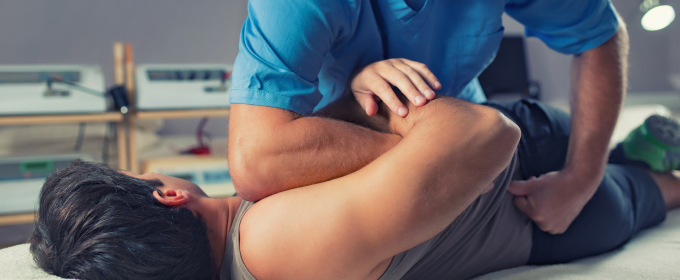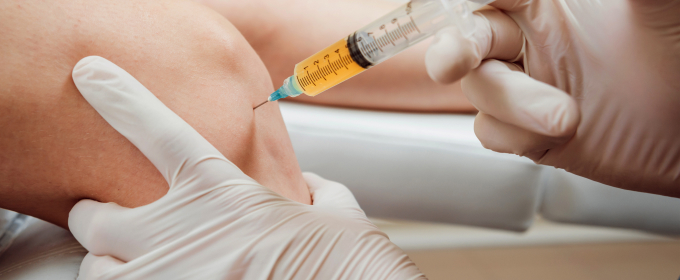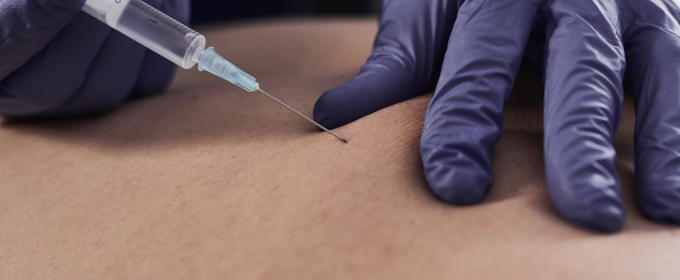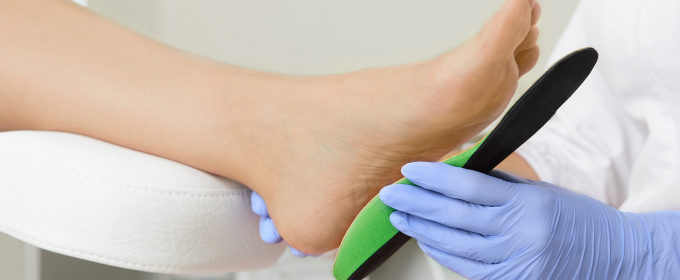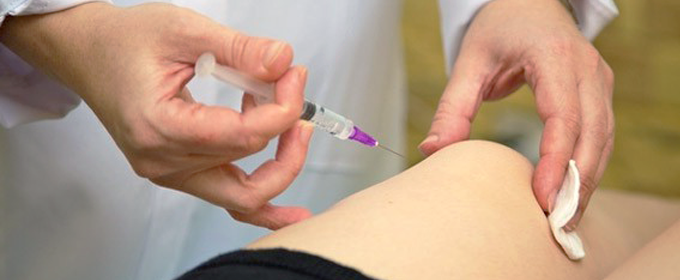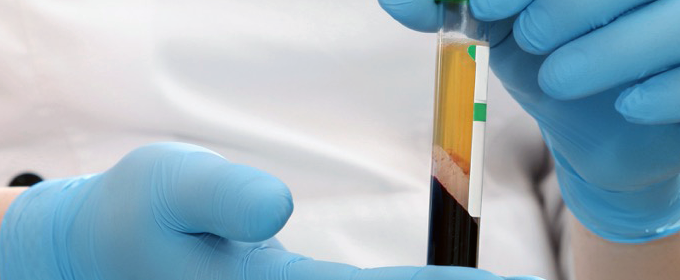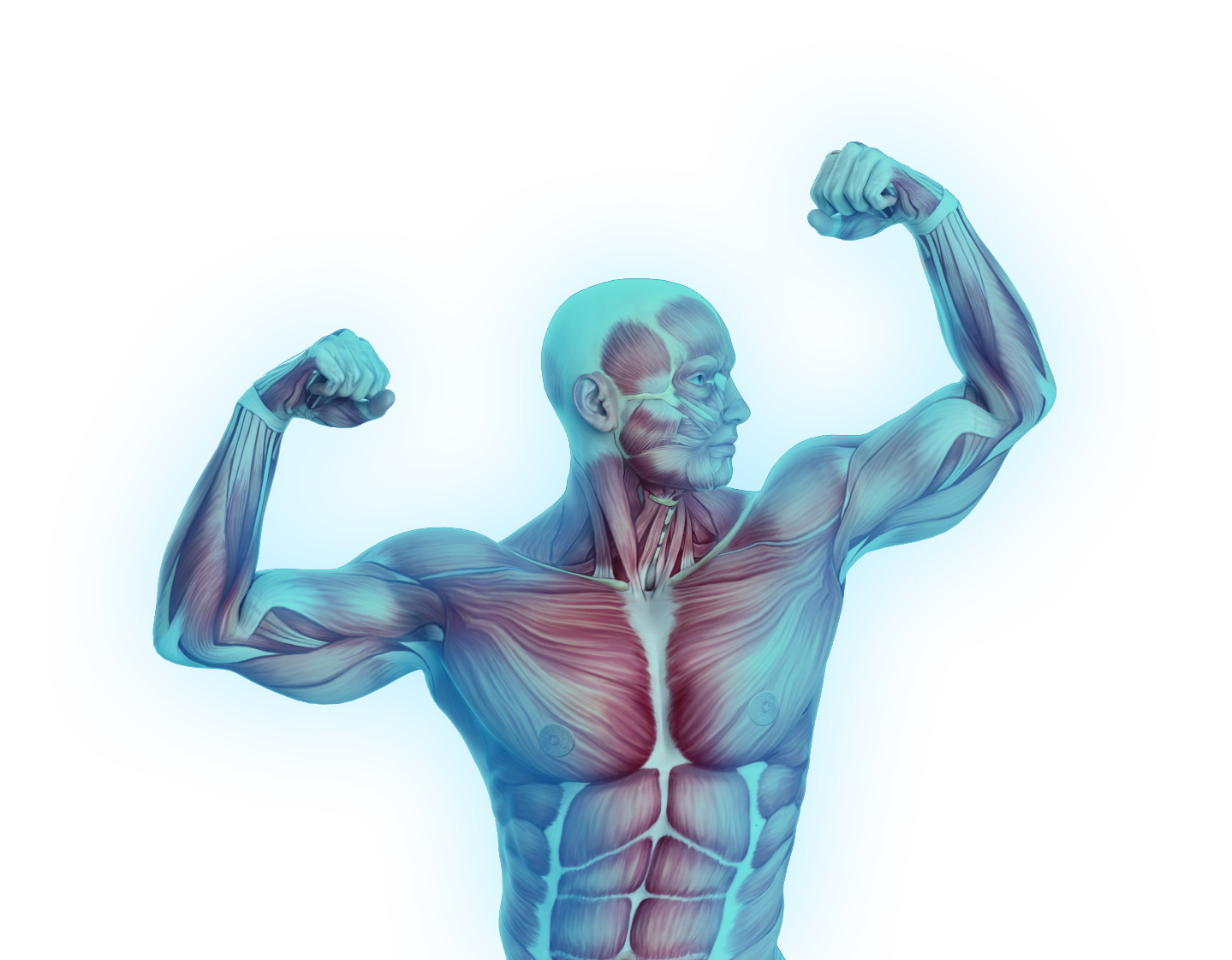Lumbar (low back) pain is an extremely common ailment, and causes may include:
-
Poor posture
-
Normal wear-and-tear and osteoarthritis
-
Chronic lumbar sprain injury accompanied by chronic misalignment (rotation) of the lumbar vertebral bodies
-
Direct traumatic injury
-
Lifting injury
-
Twisting injury as incurred in extreme yoga positions
-
Compensatory scoliosis
-
Combined lumbo-sacral sprain injury – if you’re experiencing lumbar back pain, you may also have a coexistent sacroiliac joint misalignment and dysfunction with compensatory cervical-thoracic-lumbar scoliosis
-
Degeneration of the lumbar vertebral structures (e.g., disc disease and nerve root impingement)
-
Osteoporotic or traumatic vertebral compression fracture – or
-
Structural developmental abnormality (e.g., functional or anatomical scoliosis)
Symptoms
If the low back sprain injuries are limited strictly to the lumbar spine, the symptoms usually include varying degrees of pain and paravertebral muscular spasm diractly over and around the lumbar area, sometimes extending down toward the sacrum and pelvis to a limited extent. There may be some pain radiation into the upper back. These lumbar symptoms can be very severe and debilitating causing severe limitation of motion of the lumbar and thoracic back.
If the iliolumbar or sacroilaic ligaments are also involved to any extent, then the pain and spasm pattern will become more complex, including more extensive radiation of pain into the lower trunk and lower extremities.
Only occasionally, there is coexistent nerve root compression with true neurogenic nerve root radicular pain or sciatica. On some but not all occasions, the low back pain problem is primarily due to ligament sprain that is aggravating an otherwise innocent secondary disc problem.
Treatment
Lumbar ligament sprain injuries are easily treated by Osteopathic Manual Therapy (OMT)and Prolotherapy. The latter is directed to lumbar intervertebral and iliac crest (iliolumbar) ligament attachments – depending on history and findings on examination and X-ray.
Platelet-Rich Plasma (PRP) Therapy would be more appropriate if there is significant ligament or tendon tearing.
Treatment of lumbar joint ligament sprain injury is often coordinated with treatment of co-existing sacroiliac ligament sprain. Osteopathic Manual Therapy can often resolve lumbar vertebral joint misalignment (rotation). If that misalignment repeatedly re-occurs after treatment, then there is undoubtedly a lumbar (and, possibly, sacroiliac) ligament sprain, which is readily treated by Prolotherapy and may be helped by use of a Sacroiliac Belt.
If there is evidence of a significant neurological component to the patient’s low back dysfunction, appropriate surgical and neurological examinations and consultations are considered.
Certainly there are times when, in the case of a “Perfect Storm” – where there is a collison of both severe lumbar musculoskeletal sprain injury and misalignment along with severe lumbar nerve root compression – that decompressive surgery may be absolutely necessary.
But there are many more occasions when both surgical and medical causes of pain may be of equal importance – or medical (nonsurgical) decompression and ligamant sprain therapy may, in fact, be all that is needed – sparing the patient the risks of a “failed surgical back”. In such an event, an expert physical examination is required for an accurate and complete diagnostic and differential appraisal.

